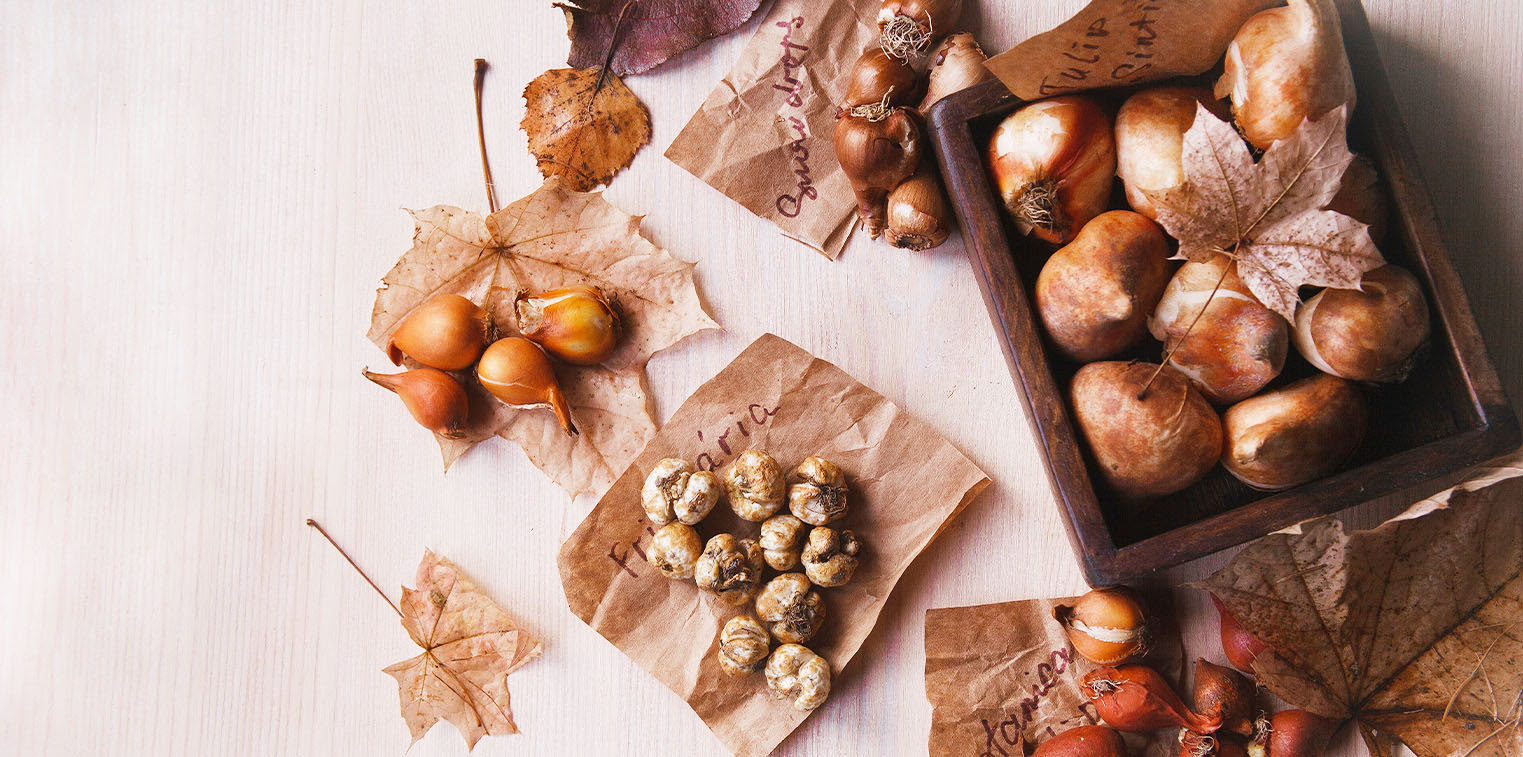

Articles
How To Store Bulbs In Refrigerator
Modified: February 19, 2024
Learn how to store bulbs in the refrigerator to keep them fresh for longer. Our articles provide step-by-step instructions and tips for proper bulb storage.
(Many of the links in this article redirect to a specific reviewed product. Your purchase of these products through affiliate links helps to generate commission for Storables.com, at no extra cost. Learn more)
Introduction
Welcome to this article on how to store bulbs in the refrigerator. If you’re an avid gardener or simply enjoy having vibrant blooms in your home, you may be looking for ways to extend the life of your bulbs. Refrigerator storage is one method that can help prolong the freshness and vitality of various types of bulbs, including flower bulbs and vegetable bulbs.
Storing bulbs in the refrigerator can be particularly beneficial in regions with harsh winters or in areas where the climate may not be suitable for year-round outdoor growing. By carefully preparing and storing your bulbs in the refrigerator, you can recreate the cool conditions they need to thrive and ensure they stay in excellent condition until planting season.
In this article, we will discuss why storing bulbs in the refrigerator is advantageous, how to choose the right bulbs for refrigerator storage, the necessary steps to prepare bulbs for refrigerator storage, and useful tips for properly storing and monitoring your bulbs in the refrigerator. We will also explore the benefits and drawbacks of using refrigerator storage for bulbs to help you make informed decisions about preserving the health and longevity of your bulb collection.
So, whether you have leftover bulbs from your gardening efforts or want to plan ahead for next year’s floral display, let’s delve into the world of bulb storage in the refrigerator and learn how to keep your bulbs thriving until the perfect planting time arrives.
Key Takeaways:
- Refrigerator storage extends bulb dormancy, protects from temperature extremes, and preserves quality. It’s convenient for planning and safeguards against pests and diseases, ensuring healthy blooms.
- While beneficial, refrigerator storage has limitations such as space constraints, ethylene gas sensitivity, and specific bulb requirements. Careful preparation and monitoring are essential for successful bulb preservation.
Read more: How To Store Tulip Bulbs In The Refrigerator
Why Store Bulbs in the Refrigerator
Storing bulbs in the refrigerator offers several advantages when it comes to preserving their quality and promoting healthy growth. Here are a few reasons why refrigerated storage can benefit your bulbs:
1. Extended Dormancy: Bulbs naturally go through a period of dormancy, where they rest and conserve energy before sprouting. Refrigerator storage mimics cool winter conditions and helps extend this dormancy period, allowing bulbs to remain in a dormant state for a longer duration. This can be particularly useful for bulbs that require a prolonged dormancy period to develop strong roots and produce beautiful blooms.
2. Protection from Temperature Extremes: Refrigerators maintain a consistent temperature, protecting bulbs from extreme heat or cold that can be detrimental to their health. Extreme temperatures can cause bulbs to rot or sprout prematurely, leading to poor growth or even death. Storing bulbs in a controlled environment like the refrigerator ensures they are protected from temperature fluctuations.
3. Prevention of Pest and Disease Damage: Refrigerator storage helps safeguard bulbs from pests and diseases that may thrive in outdoor conditions. Insects, rodents, and fungal pathogens can pose a threat to bulbs and compromise their health. Placing bulbs in the refrigerator creates a barrier against these potential hazards, providing a clean and pest-free environment for storage.
4. Preservation of Bulb Quality: Storing bulbs in the refrigerator can help retain their vitality, ensuring they remain plump, firm, and ready for planting. The cool temperature slows down the aging process and reduces the risk of dehydration or shriveling, preserving the bulb’s overall quality.
5. Convenience for Planning and Planting: Refrigerator storage allows you to plan and prepare for future planting seasons. By storing bulbs in the refrigerator, you can have a ready supply of bulbs on hand, making it easier to plan your garden layout and ensure a continuous cycle of bloom throughout the year.
While storing bulbs in the refrigerator offers numerous benefits, it is important to choose the appropriate bulbs for this storage method and take the necessary steps to prepare them before placing them in the refrigerator. In the next section, we will explore how to select the right bulbs for refrigerator storage and prepare them for optimal results.
Choosing the Right Bulbs for Refrigerator Storage
Not all bulbs are suitable for refrigerator storage, as some may not respond well to the cool and moist conditions. When selecting bulbs for refrigerator storage, consider the following factors:
1. Bulb Type: Certain bulb varieties are more conducive to refrigerator storage than others. Flower bulbs such as tulips, hyacinths, daffodils, and crocuses are commonly stored in the refrigerator. Vegetable bulbs like garlic and shallots can also benefit from this method of storage.
2. Variety: Different bulb varieties within each type may have different storage requirements. For instance, early-flowering tulips may not require as much cold storage as late-flowering varieties. Research the specific variety of bulbs you have or consult a reputable gardening resource to determine their ideal storage conditions.
3. Condition: Choose bulbs that are healthy, firm, and free from any signs of disease or damage. Bulbs with soft spots, mold growth, or other abnormalities may not store well and could potentially infect other bulbs.
4. Size: Larger bulbs generally have more energy reserves and are better equipped to withstand the storage period. Select bulbs that are plump and substantial in size for optimal results.
5. Age: Freshly harvested bulbs tend to store better than older ones. If possible, choose bulbs that were harvested in the same year or the previous year for the best chances of successful storage.
It’s worth noting that not all bulbs require refrigerator storage. Some bulbs, like lilies or gladiolus, are best stored in a dry, cool location rather than the refrigerator. Always refer to the specific guidelines for each type of bulb to ensure proper storage conditions.
In the next section, we will discuss the necessary steps to prepare bulbs for refrigerator storage to maximize their longevity and potential for healthy growth.
Preparing Bulbs for Refrigerator Storage
Properly preparing bulbs for refrigerator storage is essential to ensure their longevity and readiness for planting. Follow these steps to prepare your bulbs for refrigerator storage:
1. Inspect and Clean: Before storing, carefully inspect each bulb, discarding any that are damaged, diseased, or showing signs of rot. Remove any dirt or debris from the bulbs by gently brushing or shaking them, ensuring they are clean and dry before storage. This helps prevent the spread of pests or diseases.
2. Labeling: It’s important to label your bulbs, especially if you have different varieties or types stored. Use waterproof markers or labels to indicate the name and variety of each bulb. This will prevent confusion and ensure you can easily identify them when the time comes for planting.
3. Drying: Some bulbs benefit from a drying period before storage. For bulbs that have a thin papery outer skin, such as garlic or shallots, allow them to air dry in a cool, well-ventilated area for a week or two. This helps to cure the bulbs and prevents excess moisture buildup during storage.
4. Packaging: Proper packaging is crucial to protecting bulbs during refrigerator storage. Place bulbs in breathable containers such as mesh bags, paper bags, or brown paper envelopes. Avoid using airtight containers or plastic bags, as they can trap excess moisture and lead to rot. Make sure to leave enough space between the bulbs to allow for proper air circulation.
5. Cold Treatment: Some bulbs require a period of cold treatment, also known as stratification, to stimulate germination. This involves exposing the bulbs to a period of cool temperatures, typically around 35 to 45°F (2 to 7°C), for a certain duration. Check the specific requirements for each type of bulb, as the duration of cold treatment can vary.
6. Placement in the Refrigerator: Once prepared, place the packaged bulbs in the refrigerator. Choose a location that maintains a consistent cool temperature without freezing, such as the crisper drawer or a designated bulb storage container. It’s important to keep bulbs away from fruits and vegetables, as certain produce items produce ethylene gas, which can negatively affect bulb storage. Avoid storing bulbs near the freezer compartment, as the extreme cold can damage them.
7. Monitoring: Regularly check on the stored bulbs to ensure they remain in good condition. Remove any bulbs that show signs of rot or damage to prevent the spread of issues to other bulbs.
By following these steps, you can ensure that your bulbs are properly prepared for refrigerator storage, allowing them to maintain their quality and readiness for planting. In the next section, we will share valuable tips for properly storing bulbs in the refrigerator.
Store bulbs in the refrigerator in a paper bag or mesh bag to allow for air circulation. Keep them in the crisper drawer to maintain a cool, dark, and dry environment, which will help prevent them from sprouting prematurely.
Tips for Properly Storing Bulbs in the Refrigerator
When storing bulbs in the refrigerator, it’s important to follow a few tips to ensure their optimal storage conditions. Consider the following tips for properly storing your bulbs in the refrigerator:
1. Temperature Control: Maintain a consistent temperature between 35 to 45°F (2 to 7°C) in the refrigerator. Avoid temperatures below freezing, as this can damage the bulbs. Use a refrigerator thermometer to monitor the temperature and adjust as needed.
2. Ethylene Gas Control: Keep the bulbs away from fruits and vegetables in the refrigerator, as some produce items release ethylene gas which can negatively impact bulb storage. Ethylene can cause premature sprouting or rot in bulbs, so isolating them from ethylene-producing items is essential.
3. Air Circulation: Ensure proper air circulation around the bulbs. Avoid overcrowding or tightly packing the bulbs in containers, as this can promote excess moisture buildup and increase the risk of rot. Allow for some space between the bulbs to allow air to circulate freely.
4. Moisture Control: While bulbs need some moisture to remain in a healthy state, excessive moisture can lead to rot. It’s important to strike a balance. Check the bulbs regularly and remove any that show signs of excessive moisture or rot to prevent the spread of issues to other bulbs.
5. Regular Checkups: Regularly inspect the stored bulbs to ensure they are in good condition. Look for any signs of mold, soft spots, or other abnormalities. Discard any bulbs that appear compromised to prevent the spread of disease or rot.
6. Storage Duration: Bulbs have different storage requirements depending on the variety and type. Some bulbs may only need a few weeks of storage, while others require several months. Refer to the specific guidelines for each variety to determine the optimal storage duration.
7. Labeling and Organization: Maintain proper organization by labeling stored bulbs and keeping track of the variety and storage duration. This will help you easily identify and retrieve the bulbs when the planting season arrives.
8. Avoid Disturbing the Bulbs: Limit the amount of movement or disturbance of the stored bulbs. Excessive handling or jostling can cause damage to the bulbs and disrupt their dormancy period.
9. Gradual Temperature Changes: When transitioning the bulbs from refrigerator storage to planting, it’s important to gradually acclimate them to warmer temperatures. This can be done by gradually exposing the bulbs to room temperature for a few days before planting, helping them adjust to the change and reducing any shock.
By following these tips, you can ensure that your bulbs are properly stored in the refrigerator, maximizing their chances of staying healthy and ready for planting. In the next section, we will discuss how to monitor and maintain the bulbs during their refrigerator storage period.
Read more: How To Change Refrigerator Light Bulb
Monitoring and Maintaining Bulbs in the Refrigerator
While storing bulbs in the refrigerator offers a controlled environment, it is important to monitor and maintain them to ensure their well-being. Here are some key aspects to consider when monitoring and maintaining your bulbs in the refrigerator:
Regular Inspection: Regularly inspect the stored bulbs for any signs of damage, mold, or rot. Check for any soft spots, discoloration, or unusual growth. Remove any affected bulbs immediately to prevent the spread of issues to other bulbs.
Moisture Control: Ensure that the storage containers or bags are not excessively damp or wet. Excess moisture can promote the growth of mold or lead to bulb rot. If you notice any condensation in the containers, gently wipe it away with a paper towel and allow the bulbs to dry slightly before returning them to the refrigerator.
Temperature Monitoring: Use a refrigerator thermometer to regularly check the temperature of the refrigerator. Make sure it stays within the recommended range of 35 to 45°F (2 to 7°C). Fluctuations in temperature can affect the dormancy period of the bulbs or cause premature sprouting.
Air Circulation: Ensure that there is adequate air circulation around the bulbs. Avoid tightly packing them or overcrowding the containers. Proper air circulation helps prevent the buildup of excess moisture and reduces the risk of rot.
Rot Prevention: If you notice any bulbs starting to deteriorate, remove them promptly to prevent the spread of rot. Additionally, regularly inspect the containers or bags for any signs of mold or decay. Consider using an organic fungicide to prevent any fungal growth on the bulbs.
Labeling and Organization: Keep track of the different varieties of bulbs stored in the refrigerator by labeling them appropriately. This will prevent confusion and help you easily identify the bulbs when it’s time to plant. Organize them based on their storage duration or planting season to effectively manage your bulb collection.
Check Storage Duration: Refer to the specific guidelines for storing each type of bulb. Some bulbs have a limited storage period, and it’s important to check their storage duration. Avoid storing bulbs in the refrigerator longer than recommended, as they may start to deteriorate or lose their viability.
Gradual Transition to Planting: When it comes time to plant the stored bulbs, gradually introduce them to warmer temperatures. Take them out of the refrigerator and allow them to adjust to room temperature over a few days. This gradual transition helps prevent shock and ensures a smoother transition from storage to planting.
By regularly monitoring your stored bulbs in the refrigerator and taking necessary maintenance steps, you can maximize their chances of staying healthy and ready for planting. In the next section, we will explore the benefits and drawbacks of refrigerator storage for bulbs.
Benefits and Drawbacks of Refrigerator Storage for Bulbs
Refrigerator storage for bulbs offers several benefits, but it also has certain drawbacks. It’s important to consider both aspects before deciding whether this method is right for your bulbs. Here are the benefits and drawbacks of storing bulbs in the refrigerator:
Benefits:
1. Extended Dormancy: Refrigerator storage allows for the extended dormancy of bulbs. This can be especially beneficial for bulbs that require a longer period of dormancy to develop strong roots and produce healthy blooms. The cool conditions of the refrigerator mimic natural winter conditions and help prolong the dormant phase.
2. Protection from Temperature Extremes: Storing bulbs in the refrigerator protects them from extreme heat or cold, which can be detrimental to their health. By providing a consistent and controlled temperature, the refrigerator prevents bulbs from drying out or freezing during storage.
3. Pest and Disease Prevention: Refrigerator storage creates a barrier against pests and diseases that commonly affect bulbs. Insects, rodents, and fungal pathogens are less likely to thrive in the cool environment of the refrigerator, reducing the risk of damage or infection to stored bulbs.
4. Bulb Quality Preservation: The cool temperature of the refrigerator slows down the aging process of bulbs, helping to preserve their quality. Refrigerator storage prevents bulbs from drying out or shriveling, ensuring they remain plump and ready for planting when the time comes.
5. Planning and Convenience: Storing bulbs in the refrigerator allows for easy planning and convenience. You can have a ready supply of bulbs on hand, making it simpler to plan and design your garden. With refrigerator storage, you can ensure a continuous cycle of blooms throughout the year.
Drawbacks:
1. Limited Space: The limited space in a refrigerator may restrict the number of bulbs you can store at any given time. If you have a large collection of bulbs, you may need to prioritize which ones are suitable for refrigerator storage or consider alternative storage methods for the rest.
2. Ethylene Gas Sensitivity: Some bulbs are sensitive to ethylene gas, which is produced by certain fruits and vegetables. If stored together, bulbs can be affected by ethylene gas, leading to premature sprouting or deterioration. It’s crucial to keep bulbs separate from ethylene-producing items to prevent any negative effects.
3. Bulb-Specific Requirements: Not all bulbs are suitable for refrigerator storage. Some bulbs may have specific storage requirements that cannot be fulfilled in a refrigerator environment. It’s important to research and understand the needs of each type of bulb before deciding on refrigerator storage.
4. Limited Storage Duration: Some bulbs have a limited storage duration, and refrigerated storage may not be suitable for longer-term storage. It’s essential to know the recommended storage duration for each type of bulb to avoid any decay or loss of viability during storage.
Considering these benefits and drawbacks, assess your specific bulb storage needs and evaluate whether refrigerator storage is the best option for your situation. In the following section, we will conclude our article on storing bulbs in the refrigerator.
Conclusion
Storing bulbs in the refrigerator can be a beneficial method for preserving the health and vitality of your bulbs. It offers several advantages such as extended dormancy, protection from temperature extremes, prevention of pests and diseases, and preservation of bulb quality. Additionally, refrigerator storage allows for convenient planning and ensures a ready supply of bulbs for continuous blooming throughout the year.
However, it’s important to consider some drawbacks of refrigerator storage, including limited space, sensitivity to ethylene gas, specific requirements for each bulb type, and limited storage duration for certain bulbs. Careful consideration of these factors will help you determine the best storage method for your bulbs.
When storing bulbs in the refrigerator, it’s crucial to choose the right bulbs for this method and properly prepare them by inspecting, cleaning, labeling, and packaging them appropriately. Monitor the stored bulbs regularly for signs of damage, control moisture levels, maintain proper temperature and air circulation, and adhere to the recommended storage duration for each bulb type.
By following these guidelines and considering the benefits and drawbacks of refrigerator storage, you can successfully prolong the dormancy period of your bulbs, protect them from pests and diseases, and ensure their readiness for planting when the time comes.
Whether you’re an avid gardener or just starting your bulb collection, utilizing refrigerator storage can be a valuable tool in preserving and maintaining the health of your bulbs. With proper care and attention, you can enjoy the beauty and vibrancy of your bulbs for years to come.
Frequently Asked Questions about How To Store Bulbs In Refrigerator
Was this page helpful?
At Storables.com, we guarantee accurate and reliable information. Our content, validated by Expert Board Contributors, is crafted following stringent Editorial Policies. We're committed to providing you with well-researched, expert-backed insights for all your informational needs.
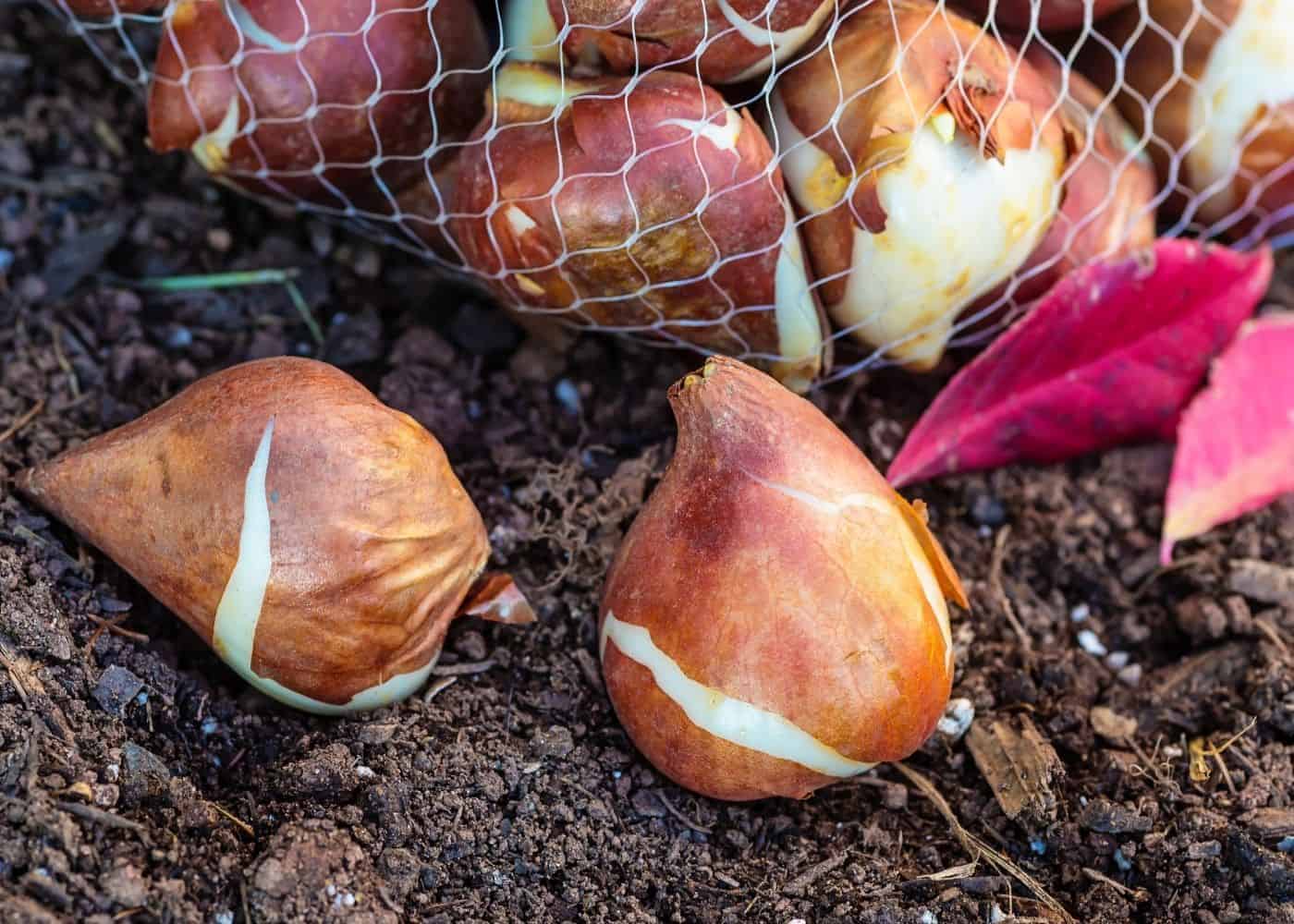
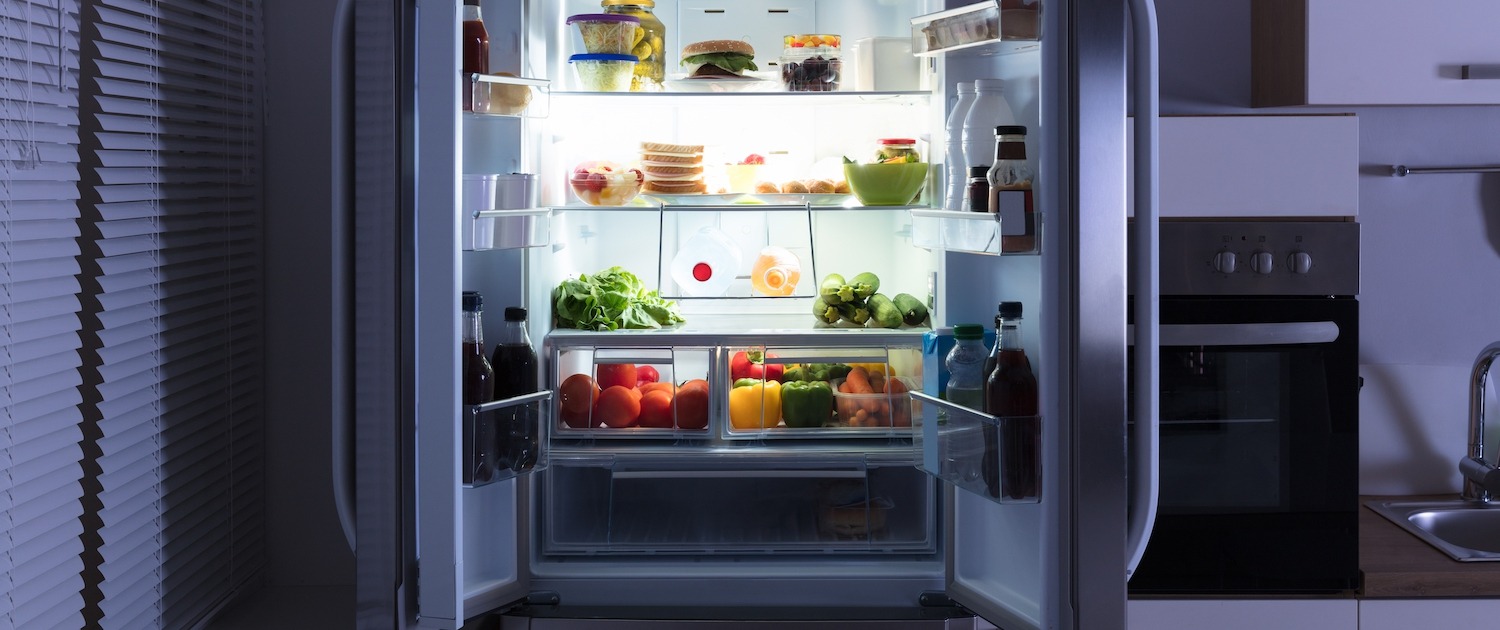
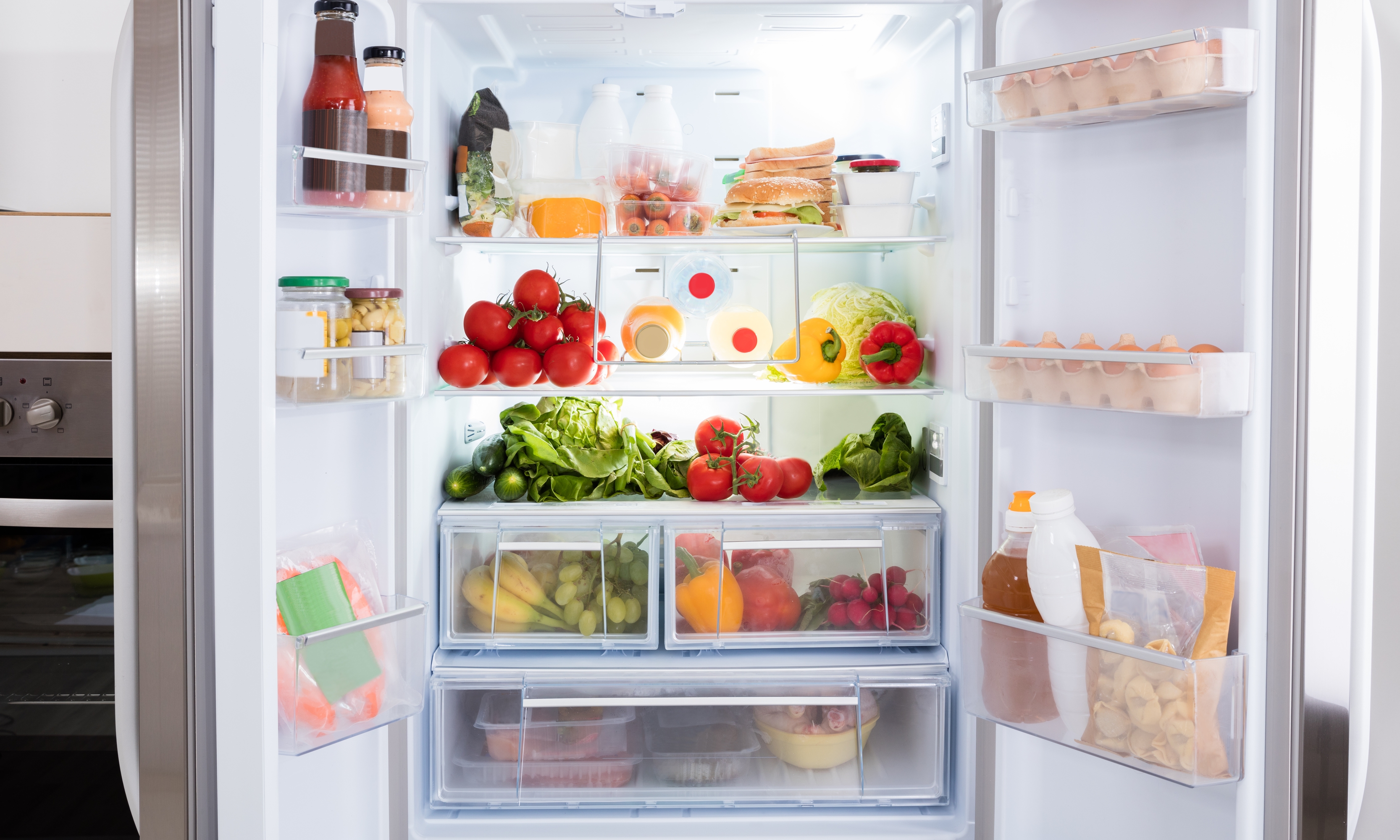
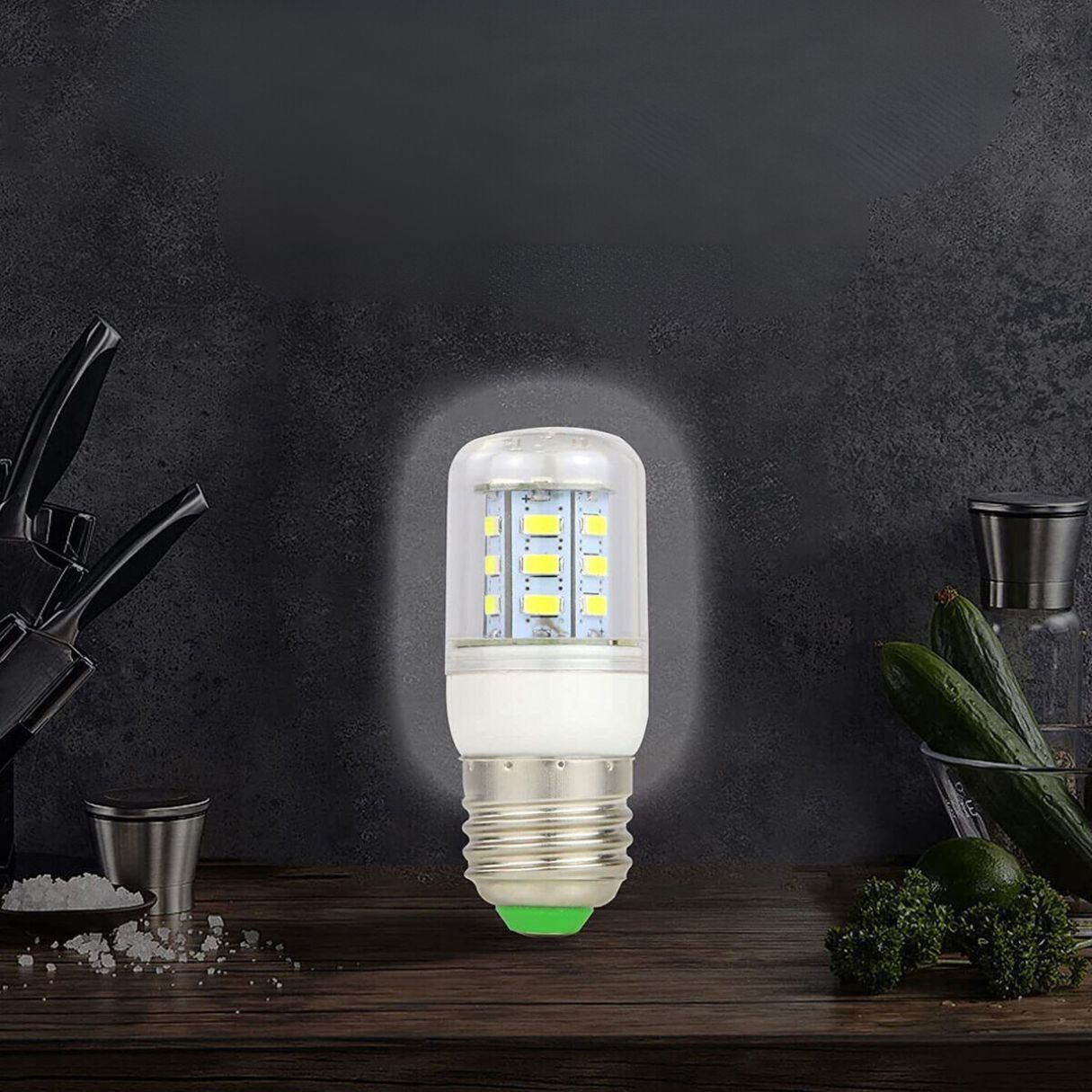
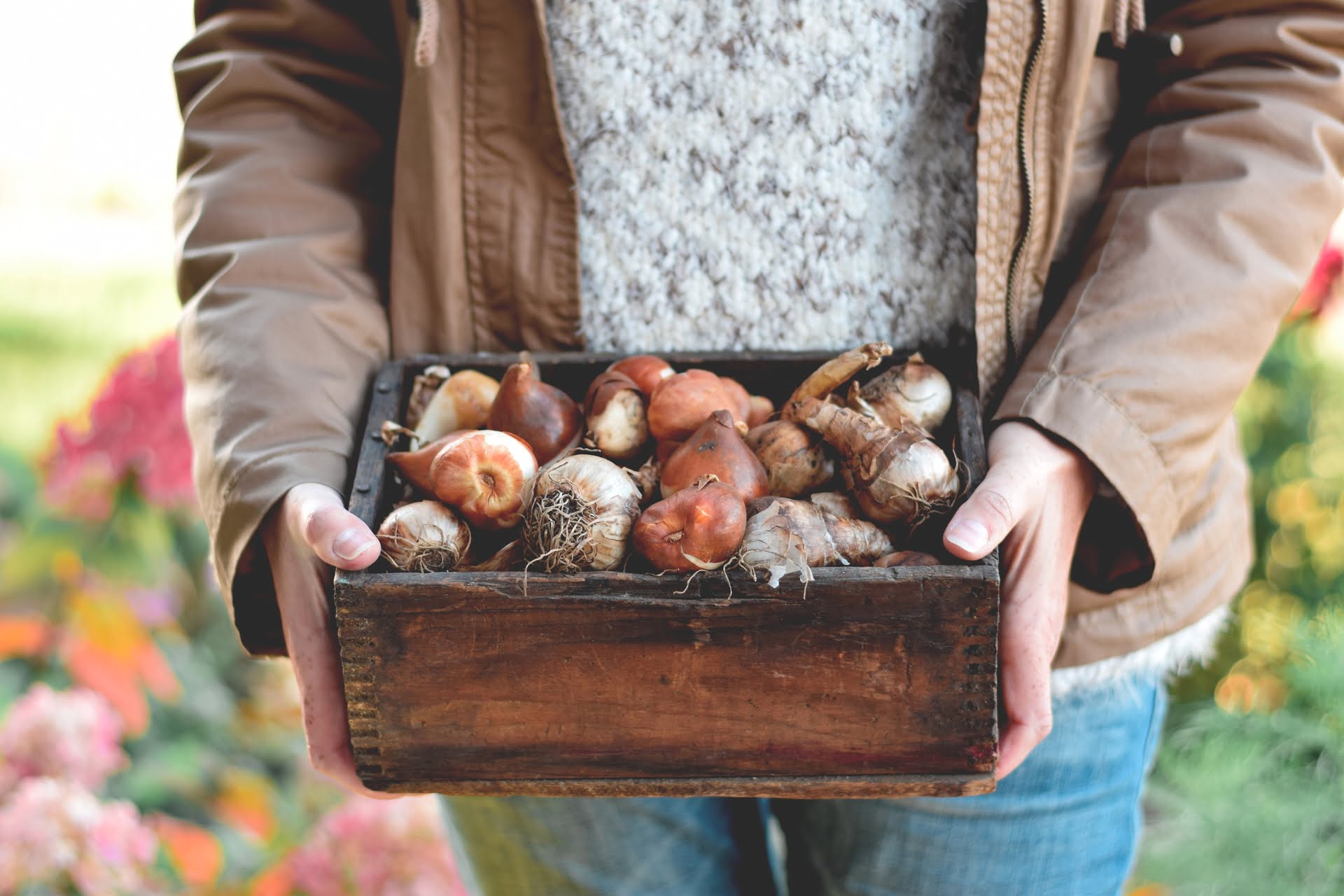
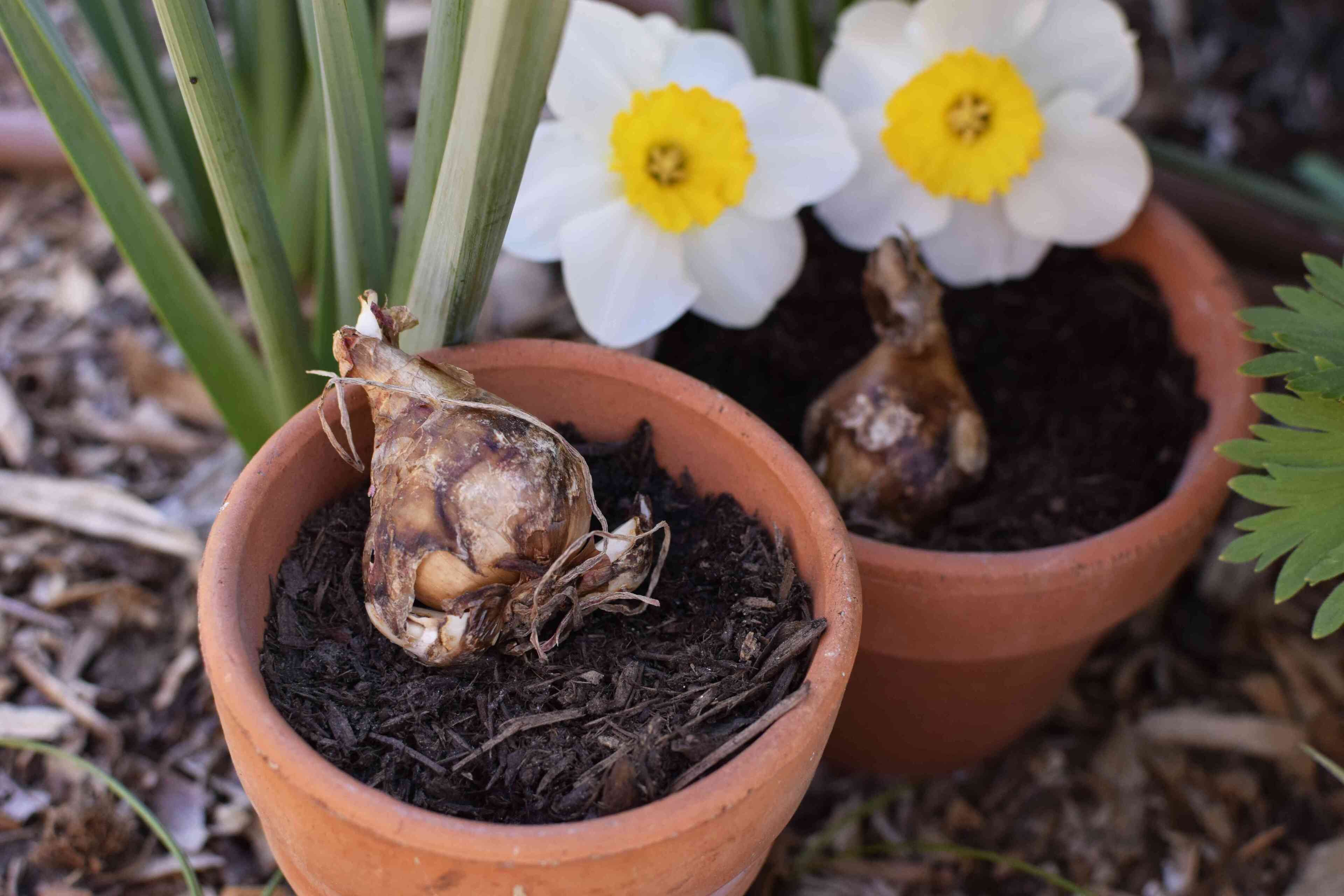

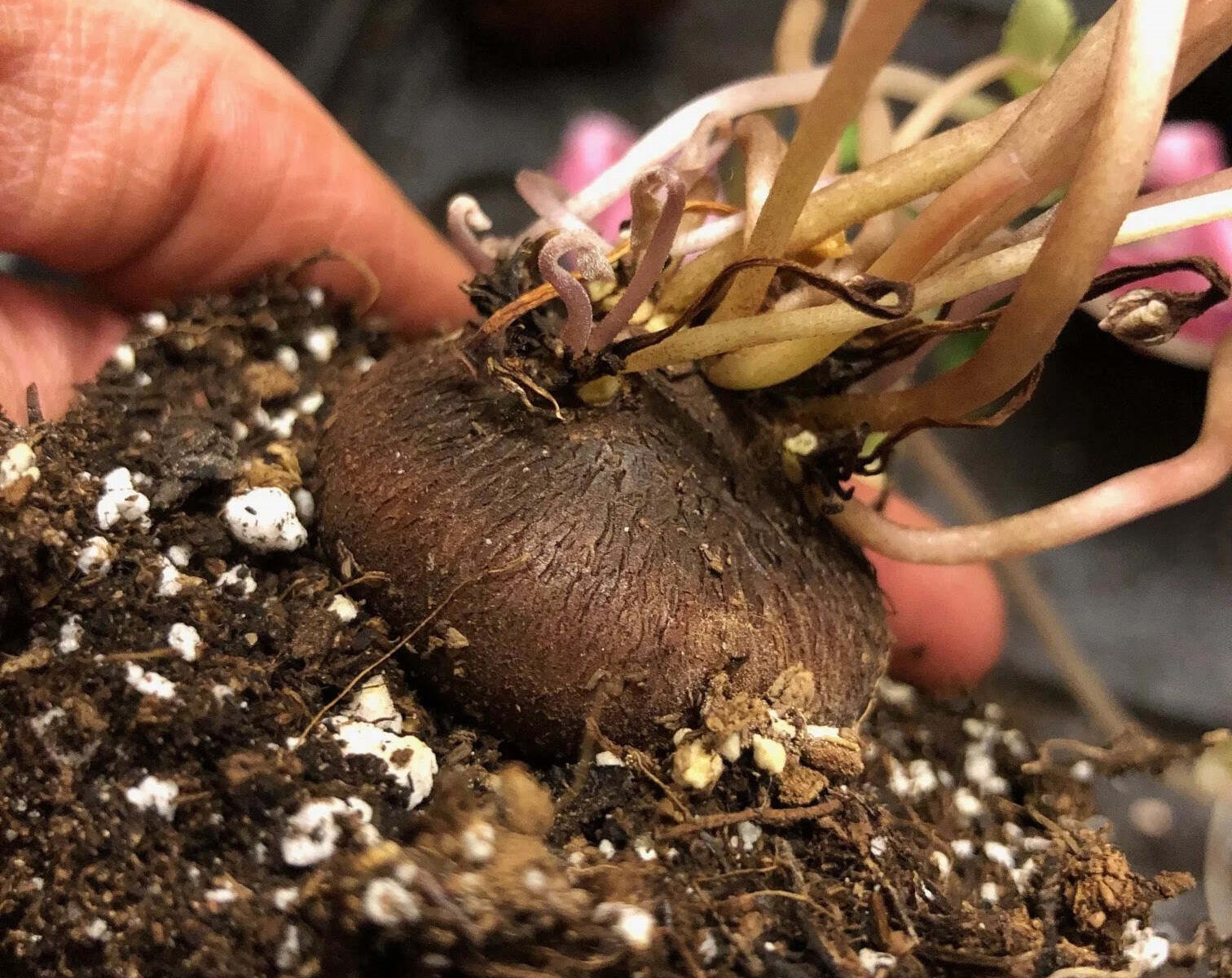
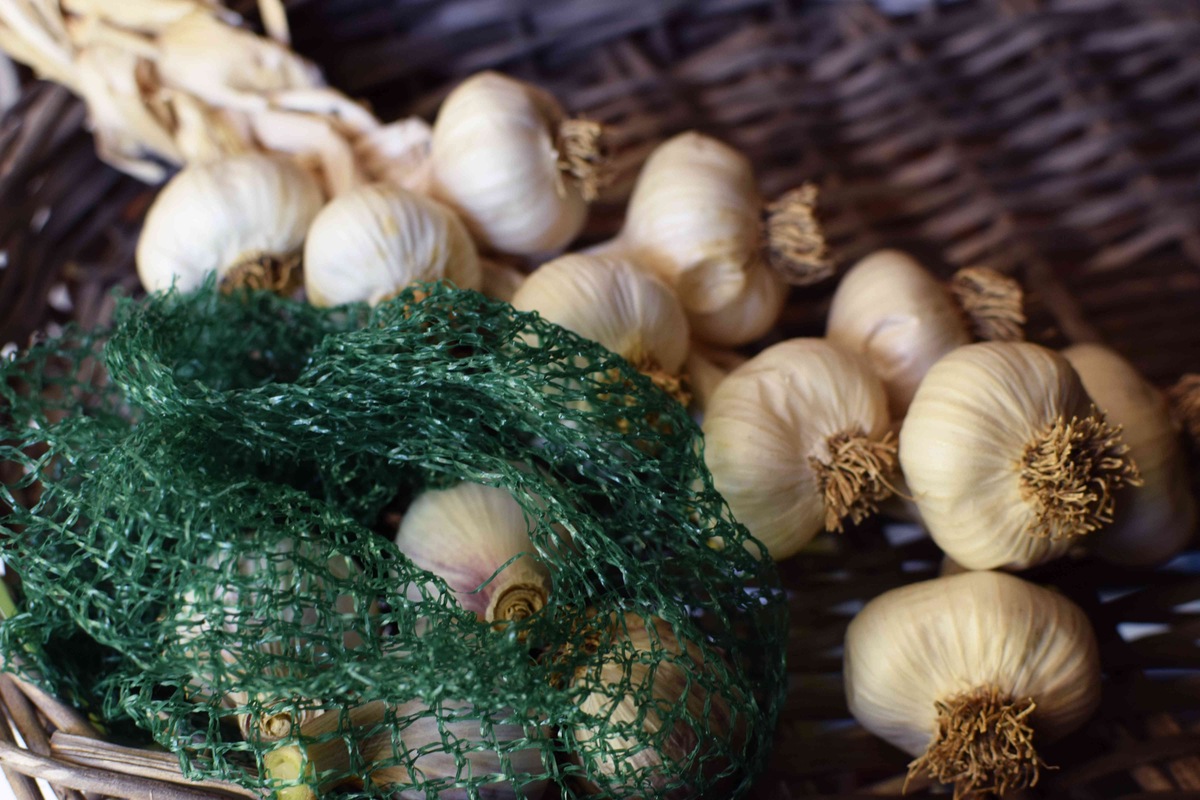
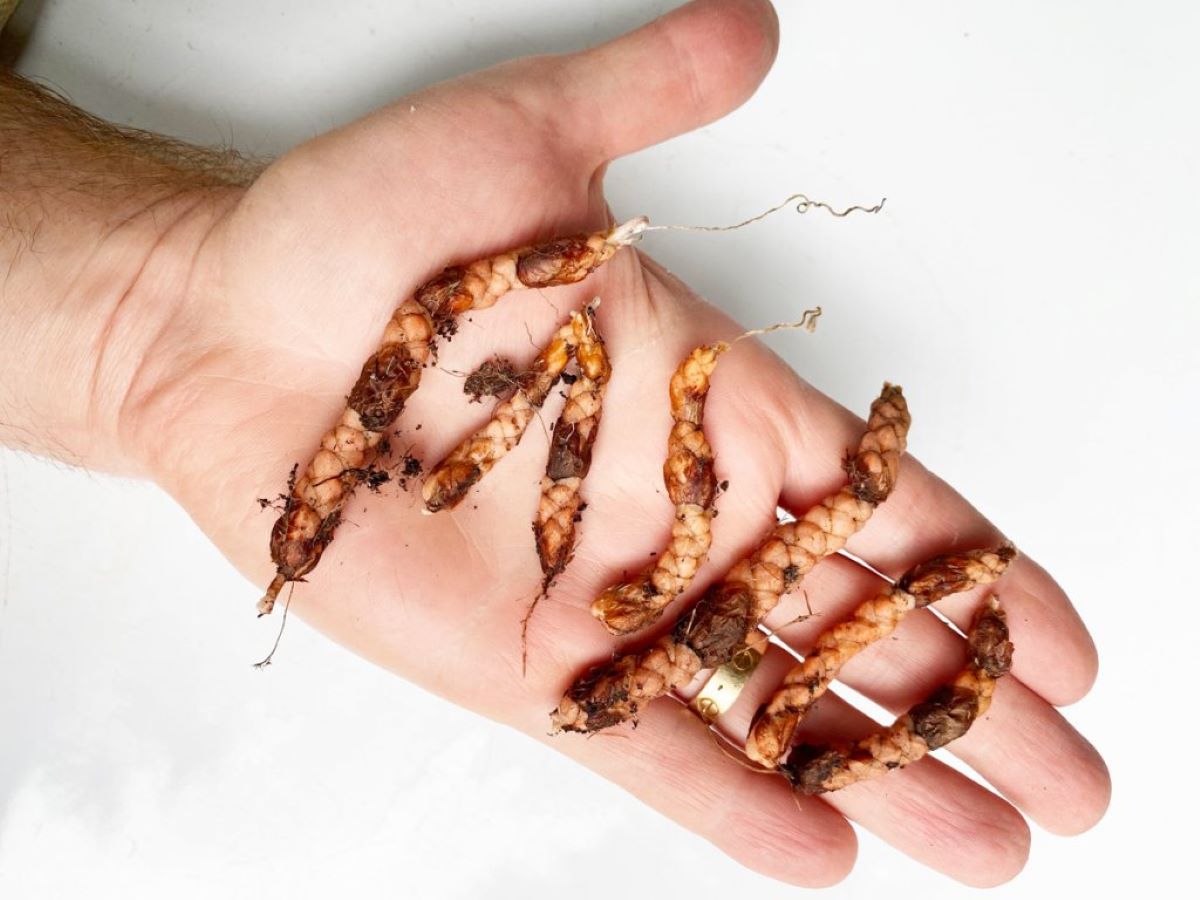
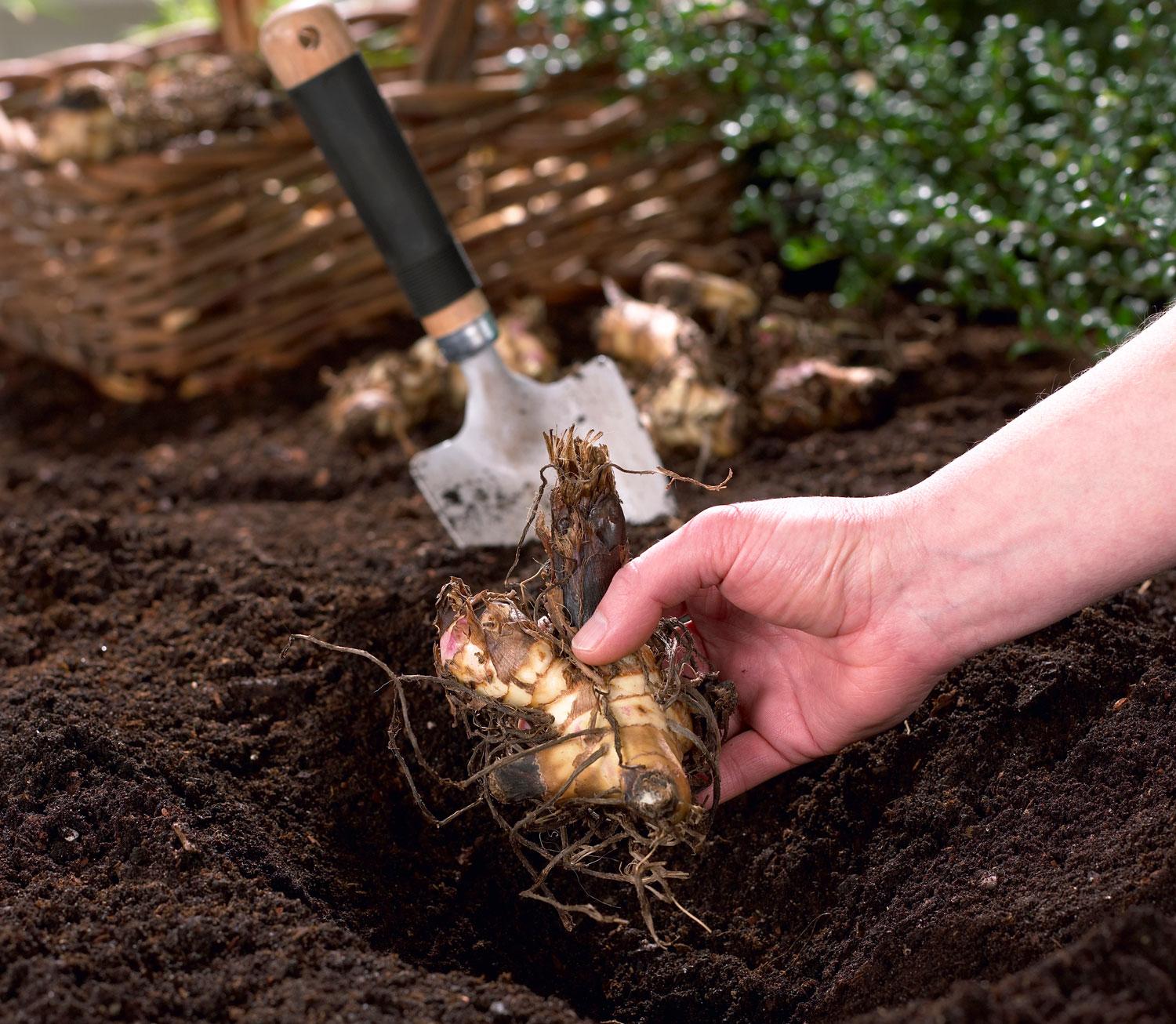
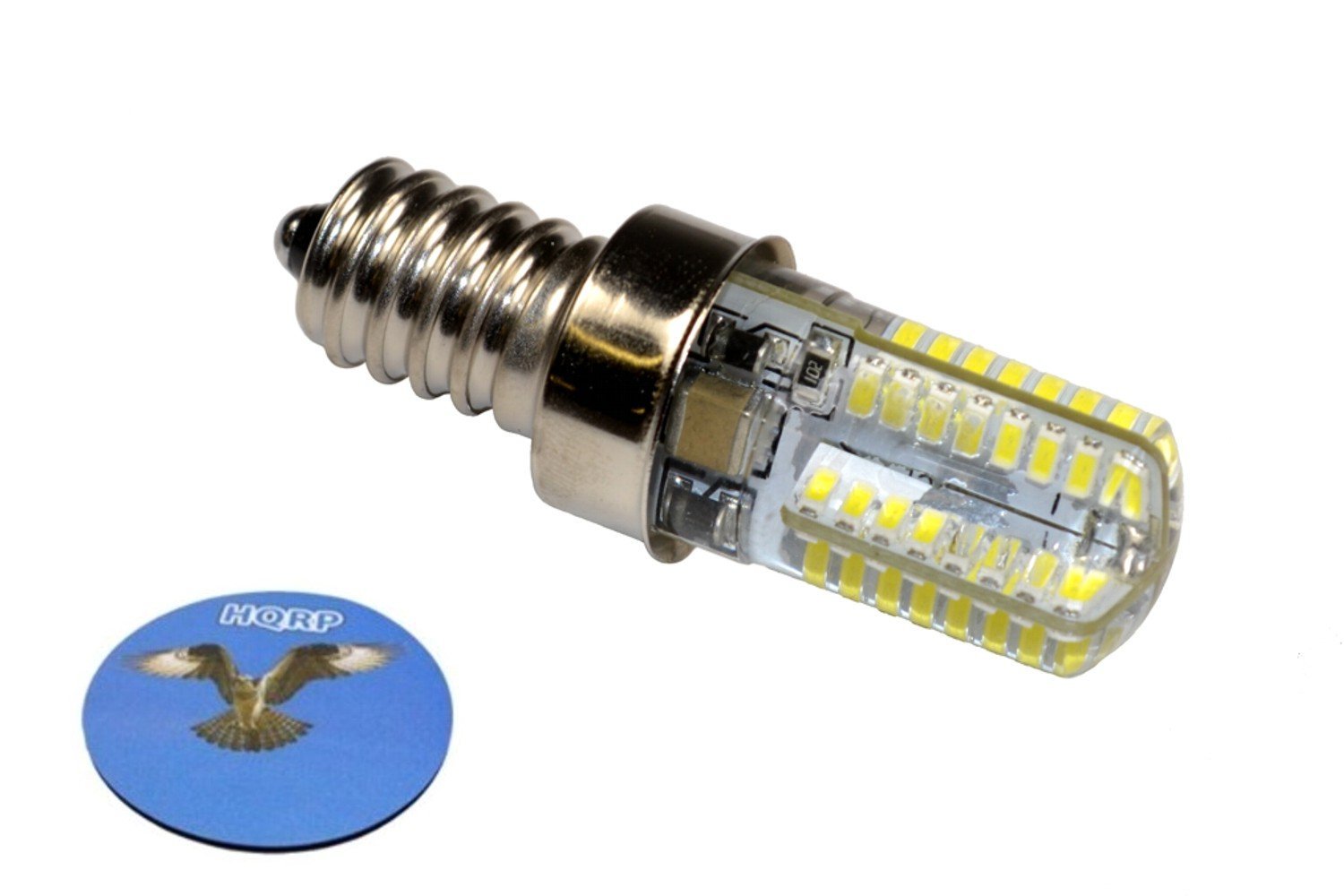
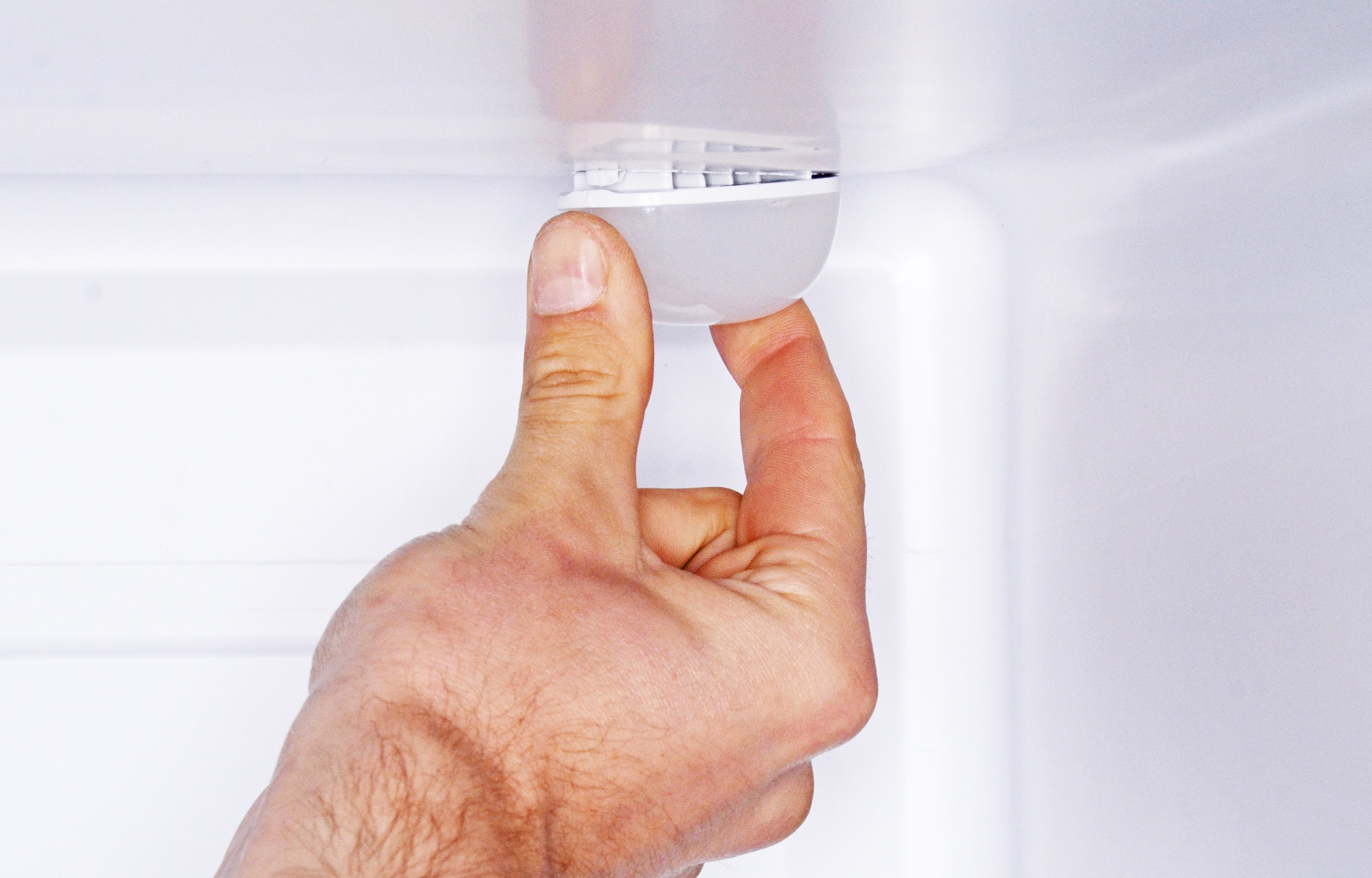


0 thoughts on “How To Store Bulbs In Refrigerator”